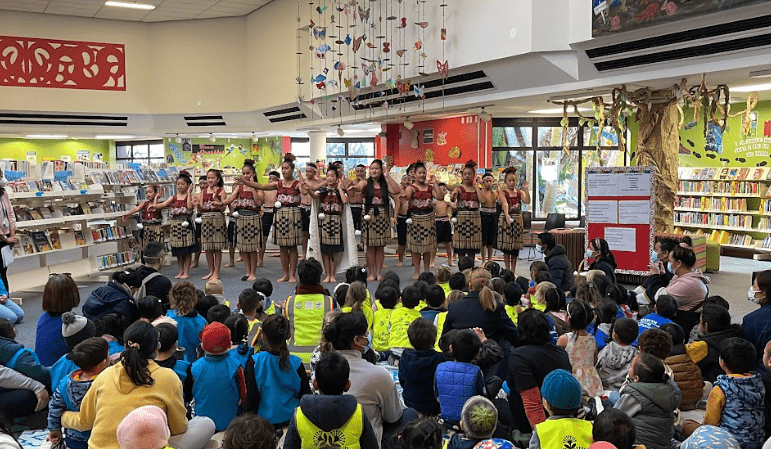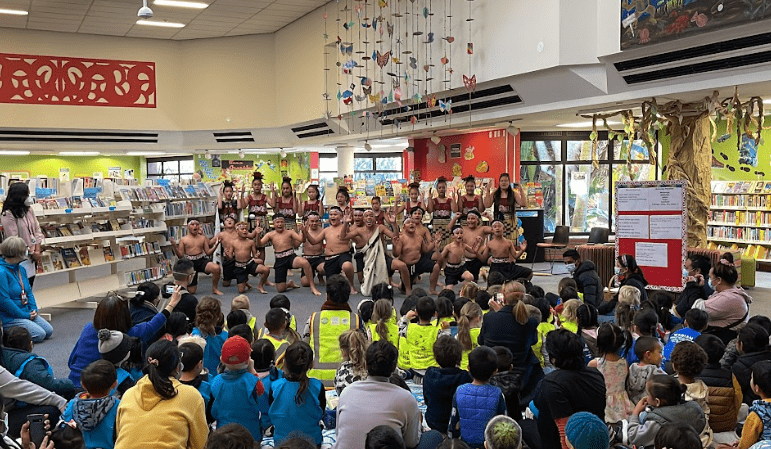LI: To solve word problems that involve moving between fractions, ratios, decimals and percentages.
For this task, we have been learning to solve equations where we convert ratios to decimals, fractions then percentages. We completed multiple tasks that help us understand the process of conversion starting from ratios. Our finishing challenge was to create a DLO that explains the process of converting these areas of maths and how to find the percentage of an amount using ratios.
To complete this process, first identify the ratio in the equation. Then, add both numbers of the ratio to find the denominator of the fraction. Next, mutliply or simplify the numbers of the fraction until you get the denominator to a common multiple of 100 or 10. Then, the numerator divided by 10 or 100 becomes the decimal. Multiply the decimal by 100 to get the percentage. An example is shown on the slide so that it is clearer for the audiece to understand and be able to solve similar equations in the future.

